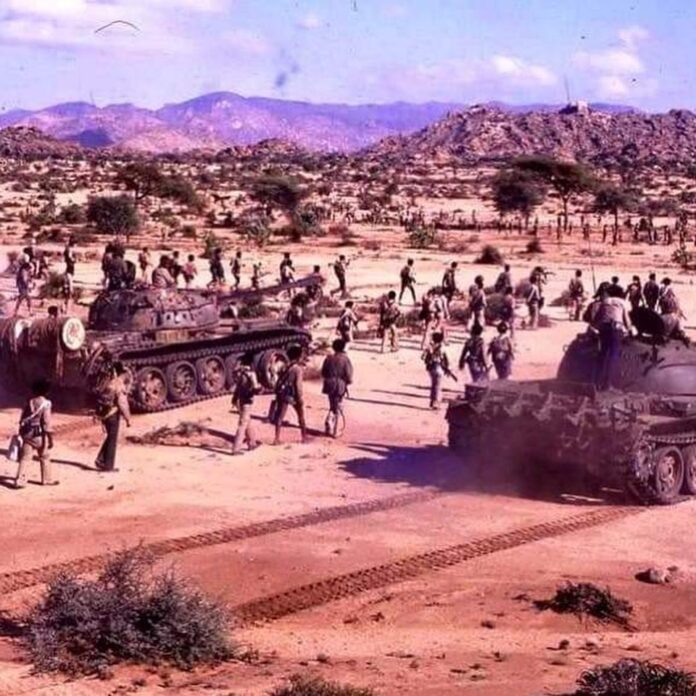Will the Ethiopian–Eritrean War Begin from Eastern Sudan?
Policy Assessment by: Zaelnoon Suliman – African Affairs Unit, Progress Center for Policies
Introduction:
Field and political indicators in eastern Sudan point to an increasing risk that the region could become a new flashpoint in the regional balance of power between Ethiopia and Eritrea — especially as Asmara’s involvement in the Sudanese war expands, both militarily and politically, through its support for the Sudanese army and recruitment of local groups with cross-border ethnic ties.
Eritrea’s intervention in favor of the Sudanese army represents one of the most direct forms of regional involvement in the Sudanese–Sudanese conflict. The regime in Asmara has reportedly recruited members of ethnic groups with Eritrean roots and transborder linkages — such as the Tigray, Hadendowa, Beni Amer, Habab, Afar, and Halanga — into multiple formations, including:
The Eastern Battalion Forces, the Eastern Liberation Forces, and the Beja Congress.
Credible reports indicate that Eritrea has also trained elements of armed movements from Darfur, including the Sudan Liberation Movement (Minni Minnawi faction), the Justice and Equality Movement (led by Jibril Ibrahim), and later, the Sudan Liberation Movement (Mustafa Tambour faction) and Mansour Arbab’s “New Justice and Equality Movement.”
This involvement has made Eritrea one of the most prominent external actors in the current Sudanese war scene.
1. Motivations Behind Eritrea’s Moves:
Protecting the Asmara regime from any threats posed by lowland populations or by armed opposition groups operating from Sudanese territory.
Building regional influence to secure leverage in the Horn of Africa’s balance of power.
Using its alliance with the Sudanese army as a security buffer against Ethiopia and as a means to ensure political and strategic maneuverability.
2. Regional Implications:
Eritrea has shifted from being a passive observer to an active disruptor of regional de-escalation efforts.
Its open and covert support for armed movements in Sudan and Ethiopia (including Fano militias, Tigray, and Oromo groups) has turned Asmara into the hub of an interlocking network of conflicts.
This role deepens divisions within Sudan and weakens prospects for a political settlement led by regional and international actors.
3. Possible Scenarios:
Continued covert Eritrean intervention in eastern Sudan by providing logistical support, training pro-army factions inside Eritrean territory, and maintaining cross-border supply routes.
The potential opening of a new front in the east if the Rapid Support Forces (RSF) and the “Tasis” Alliance decide to shift the battlefield there.
Possible indirect Ethiopian intervention by supporting Eritrean opposition groups from within Sudan to pressure Asmara.
The risk of militarizing eastern Sudan due to the influx of fighters and refugees — potentially turning it into a proxy battleground for Sudanese and regional actors.
Conclusion:
Eastern Sudan has become a strategic contact zone between Eritrea’s expansion and Ethiopia’s counter-efforts through support for Asmara’s opponents. With the war in Sudan ongoing and the central government weakened, the region may transform into a new ignition point that reshapes the contours of the conflict between Asmara and Addis Ababa — mediated through local Sudanese forces.
The likelihood of an indirect confrontation between Ethiopia and Eritrea emerging from eastern Sudan is high in the medium term, unless urgent regional arrangements are enacted to secure borders, curb cross-interference, and integrate eastern Sudan into any comprehensive political settlement that preserves Sudan’s sovereignty and prevents the fragmentation of the region.


